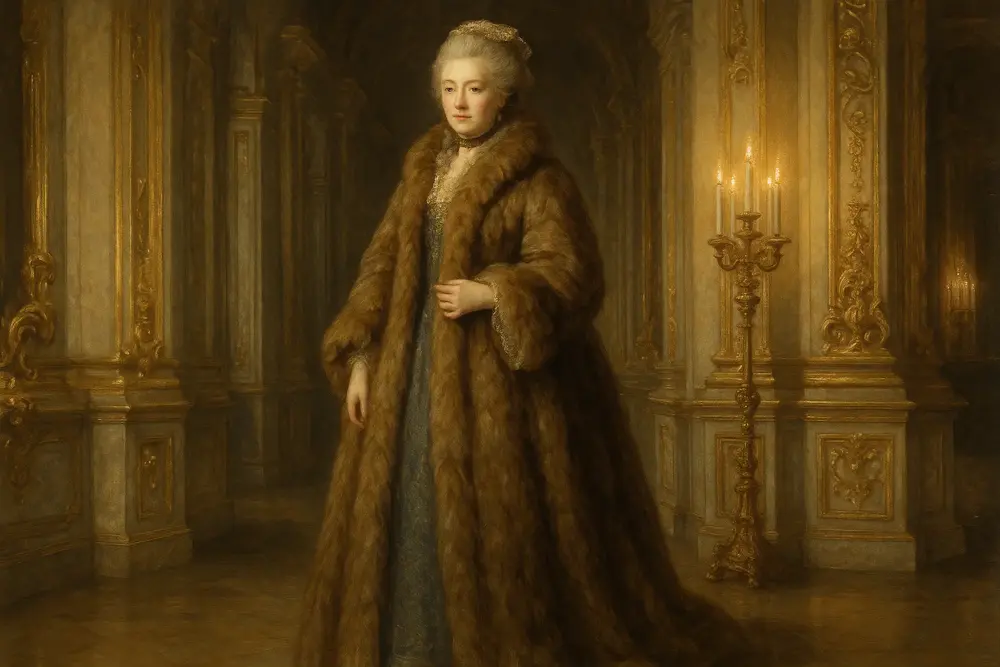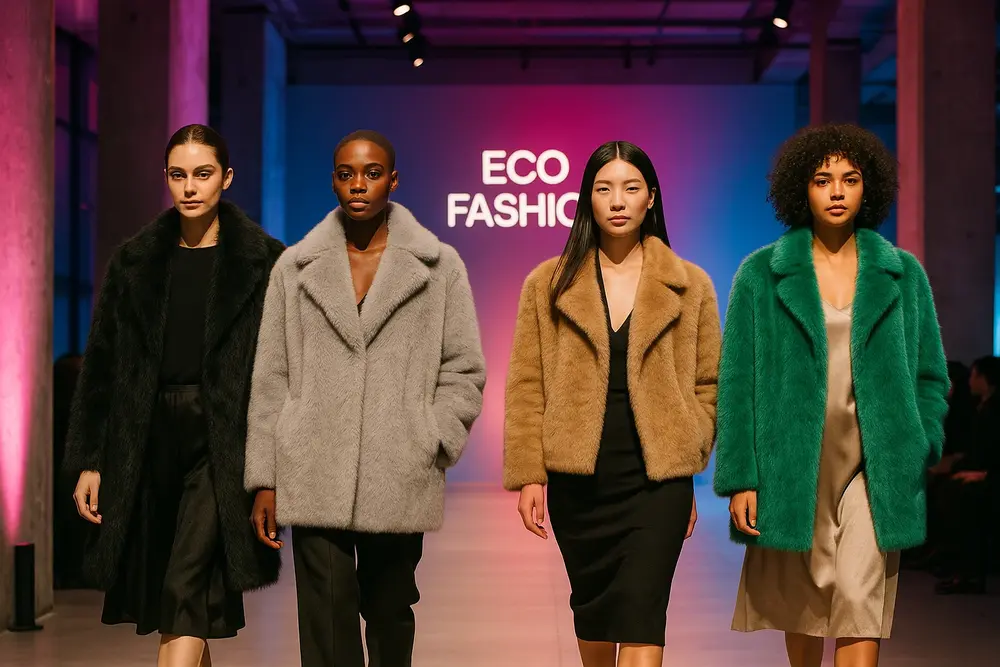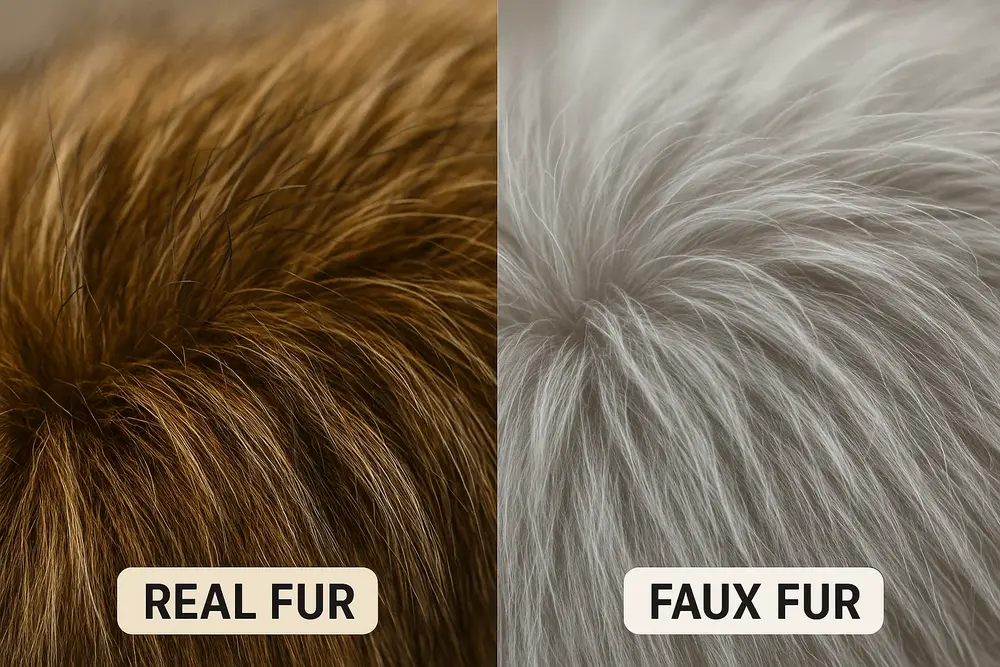When users search for "coat made of animal fur," they are likely interested in one or more of the following:
The history of animal fur in fashion
Ethical debates around fur use
Types of animal fur used in coats
How to identify real vs. faux fur
Alternatives to animal fur
This article explores the cultural, economic, and ethical aspects of fur coats, while addressing the growing shift in public perception and sustainable fashion trends.

Fur has been used for thousands of years for warmth and status. Prehistoric humans used pelts from hunted animals for survival in cold climates.
In ancient Rome, medieval Europe, and Qing Dynasty China, fur was a status symbol worn by royalty and nobility. The rarer the fur, the higher the status.
During the 17th–19th centuries, fur trading became central to economies in North America, Russia, and Scandinavia. Beavers, minks, and foxes were among the most targeted species.
Highly valued for its softness and shine, mink is one of the most popular furs used in luxury fashion.
Fox fur is long, fluffy, and colorful. Arctic fox and silver fox are especially sought after.
Rabbit fur is lightweight and affordable but less durable. Often used for mass-market garments.
Known for its unmatched softness and density, chinchilla fur is extremely expensive and delicate.
Raccoon, sable, lynx, and beaver are also used, each offering different textures and visual appeal.

Most fur today comes from fur farms, where animals are bred specifically for their pelts. Others are trapped in the wild using leg-hold traps, which are controversial.
After animals are killed, the pelts are cleaned, treated with chemicals (tanning), and dyed. The finished fur is then sewn into garments.
Fur coats are designed by luxury fashion houses or artisanal furriers. Traditional coats are full-length, while modern styles include fur vests, trims, and accessories.
Groups like PETA and Humane Society campaign against fur use, citing cruelty, poor living conditions, and inhumane killing methods.
Countries like the UK and Israel have banned fur farming. Some cities (e.g., San Francisco, Los Angeles) have banned the sale of new fur products.
Brands like Gucci, Prada, and Chanel have announced they will no longer use real fur. Consumer preferences are shifting toward ethical and cruelty-free fashion.
Synthetic fur made from acrylic or polyester mimics the appearance and feel of real fur, often at a lower cost.
Some brands are developing lab-grown fur using cultured cells, or plant-based textiles that resemble fur.
Buying second-hand or vintage fur is seen by some as a compromise—reusing existing fur without supporting new production.
Real fur has natural color variation and layered underfur. Faux fur often looks too uniform.
Real fur is soft, smooth, and warm to the touch. Faux fur may feel stiffer or synthetic.

Burning a few strands of real fur smells like burnt hair; faux fur smells like plastic. This test can damage the garment and should be used with care.
Fur is increasingly used as an accent—collars, cuffs, or linings—rather than full coats. Faux fur dominates runways in eco-conscious collections.
Luxury designers now explore ways to make sustainable faux fur that looks and feels luxurious. Stella McCartney leads in animal-free fashion.
Many celebrities have publicly denounced fur or promoted faux alternatives, influencing consumer choices and pressuring brands.
Many Indigenous communities in North America and Siberia continue to use fur for traditional, ceremonial, and subsistence purposes, advocating ethical hunting practices.
While Europe and North America see declines in fur demand, fur remains popular in parts of Russia, China, and South Korea.
Biodegradable and long-lasting
Criticized for animal cruelty and farming emissions
Animal-free and often cheaper
Made from petroleum-based synthetics; not biodegradable
Some fur farms pursue certification (e.g., WelFur in Europe) to improve transparency and animal welfare. Meanwhile, faux fur makers focus on recycled materials.
Coats made of animal fur have a rich history and remain deeply tied to culture, luxury, and controversy. As the fashion industry evolves, ethical concerns and sustainability will likely drive innovation and consumer behavior. Whether embracing faux fur or responsibly sourced vintage pieces, today’s consumers are more empowered than ever to make informed, compassionate choices.
animal tags: Animal Fur
We created this article in conjunction with AI technology, then made sure it was fact-checked and edited by a Animals Top editor.